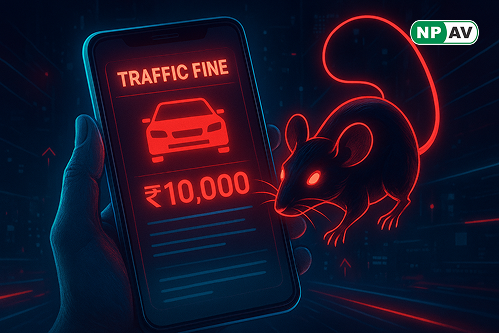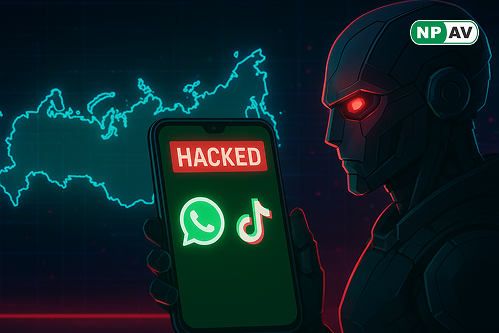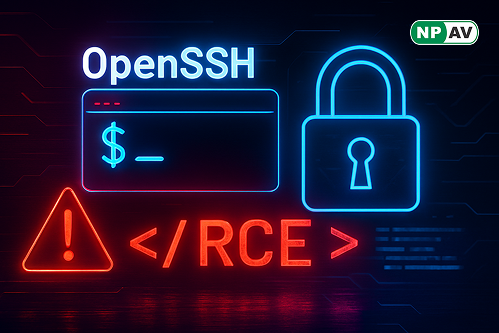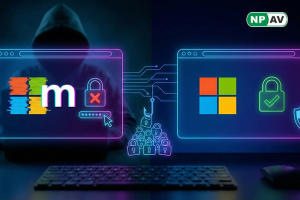Data Breach
-
Read moreUC researchers reveal Pixnapping, letting hackers steal 2FA and app data via Android side channels—up to 61% accurate with AI. No full patch yet; update devices, check permissions, and secure apps to avoid risks.
-
Read more"Trinity of Chaos" group (Muddled Libra, Bling Libra, LAPSUS$) steals 1B Salesforce records targeting retail/hospitality; launches DLS October 3, 2025, with FBI seizure October 9. EaaS model enables fraud—implement zero trust and ISAC intel to defend against data theft.
-
Read moreIndian scammers use WhatsApp fake ticket alerts to push RAT-infected mParivahan apps, stealing OTPs, spying via camera, and draining banks. Download from official stores, update OS, use antivirus—report to 1930 if hit to stay safe.
-
Read moreHigh-severity CVE-2025-61884 (CVSS 7.5) in Oracle E-Business Suite's Configurator allows unauthenticated HTTP attacks to access sensitive data (versions 12.2.3-12.2.14). Follows Cl0p-linked CVE-2025-61882 exploits—apply updates, segment networks, and scan for vulnerabilities now.
-
Read moreNew SnakeKeylogger campaign spoofs CPA Global/Clarivate emails with ISO/ZIP lures containing BAT/PowerShell payloads to log keystrokes, hijack clipboard, and exfiltrate data. Persists via "SysUpdate" tasks—train users, sandbox attachments, and monitor PowerShell for defense.
-
Posted: October 10, 2025Views: 89Read moreZimperium exposes ClayRat spyware infecting Russian Android users via phishing sites and Telegram lures mimicking WhatsApp/TikTok—exfiltrates SMS, calls, photos; auto-sends to contacts. 600 samples detected; related African phone study reveals pre-installed app risks—update and scan devices now.
-
Read moreIn a FinOptiCorp scenario, attackers exploit LLM "FinBot" via prompt injection and OWASP flaws for data leaks, RCE, and model theft—Trend Micro's Vision One™ AI Security provides AI Scanner, Guard, and layered defenses to secure generative AI against backdoor risks.
-
Read moreSucuri uncovers stealthy PHP code injections in WordPress theme files (functions.php) exploiting weak permissions and outdated plugins to fetch obfuscated JS from brazilc[.]com, enabling pop-ups, redirects, and Cloudflare-mimicking iframes—update themes, tighten permissions, and monitor scripts to secure sites.
-
Read moreCVE-2025-61984 exploits OpenSSH's ProxyCommand by injecting newlines in usernames for RCE, bypassing CVE-2023-51385; targets Bash-like shells in malicious Git submodules during recursive clones. Affects unquoted %r configs (e.g., from Teleport)—upgrade to OpenSSH 10.1, quote '%r', or restrict Git SSH to mitigate.
-
Read moreCISA flags CVE-2021-43226 in Windows CLFS Driver for active exploitation, enabling local attackers to gain SYSTEM privileges via buffer overflows. Impacts Win10/11 & Servers 2016-2022; federal deadline Oct 27—apply updates, monitor Event IDs 4656/4658, and scan for vulnerabilities now.















